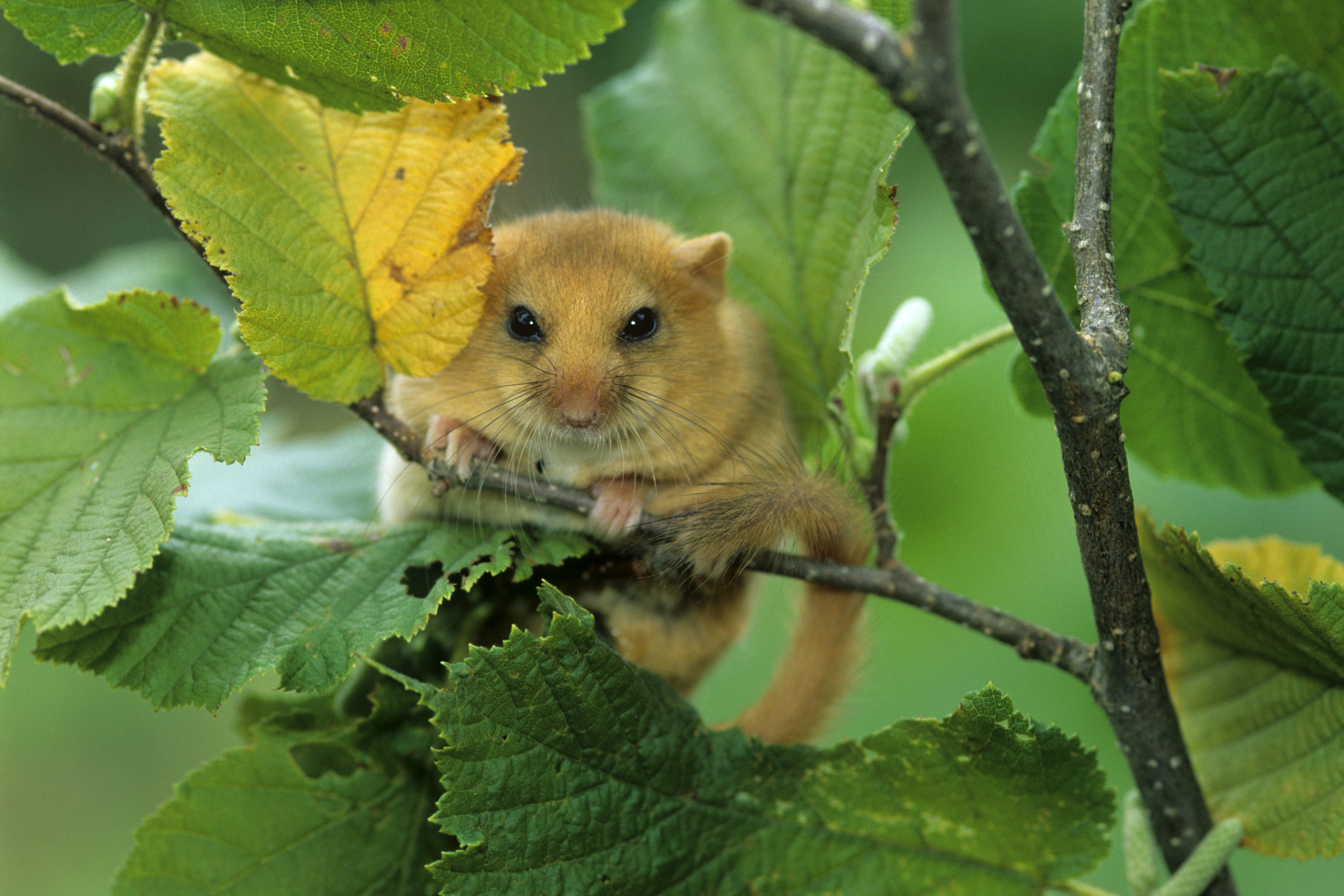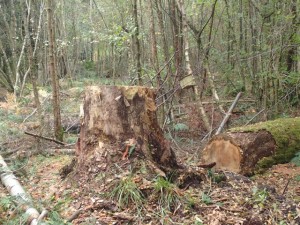How woodland management affects dormice

How do different woodland management practices affect dormouse populations?
Funding for this project has now finished
The problem
The hazel dormouse is our only native dormouse. Their name comes from the hazelnuts they nibble and their reputation for loving to sleep.
Numbers of hazel dormice declined across England and Wales since the loss of many of our woodlands after the second world war. Since the early 1990s we have been monitoring hundreds of populations but worryingly their numbers continue to fall. We need to find out why.
While habitat loss and fragmentation have played a role in these declines, a reductions in the quality of the habitat we have left might also be driving dormouse numbers down and preventing populations from recovering.
Part of the cause of declining habitat quality may stem from widespread changes in how woodlands are managed across the country. Hazel dormice are often associated with highly diverse woodland habitat and scrub, which needs maintenance through regular management. It is suspected, however, that many sites with dormice suffer from under-management due to the decline of wood fuel industries and reluctance to manage habitat in ways that might conflict with conservation laws.
Changes in woodland management may also be combining with other environmental factors to make it particularly difficult for hazel dormice. Declining habitat quality, for example, may leave populations vulnerable to changes in climate.
The solution

In order to be able to better conserve the hazel dormouse and recommend best practice for dormouse
conservation in woodland sites, we must first understand how different degrees and types of management may be affecting dormouse numbers.
The National Dormouse Monitoring Programme has been collecting information on dormouse populations on hundreds of sites for the last 20 years. Using this valuable resource Cecily Goodwin at the University of Exeter will look at the national trends in dormouse numbers, as well as the trends on individual sites. We can combine this data with climate, management, and site information to look at what features of woodland sites create favourable conditions for dormice to flourish.
Thank you to all our donors who helped us fund this work. You can help us support more projects like this with a donation today:
